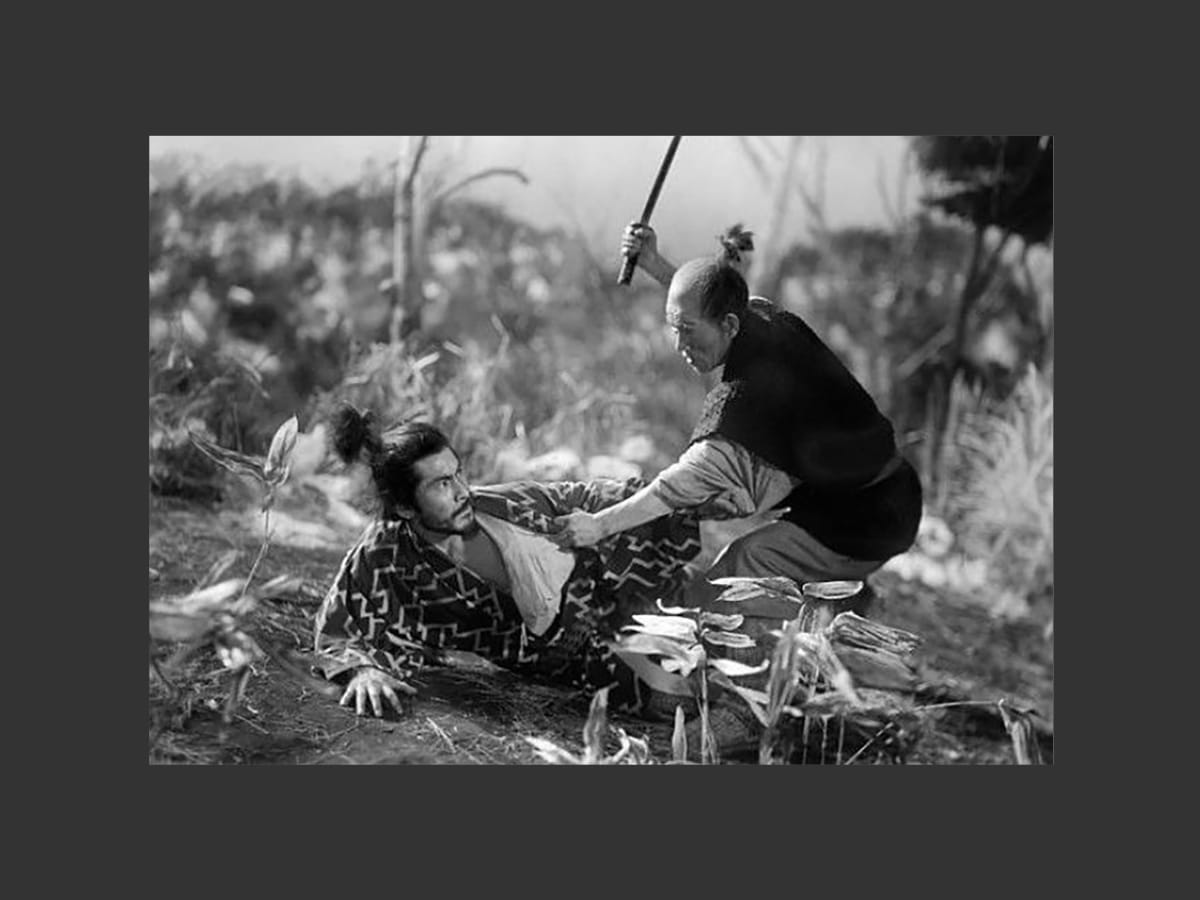
Source: A scene from Sword for Hire (1952), starring Toshiro Mifune and directed by Hiroshi Inagaki. (© Public Domain via Wikimedia Commons) | Courtesy of © JAPAN Forward
Salute to Toshiro Mifune: Japan’s greatest movie star
- Tags:
- Actor / Akira Kurosawa / Cinema / Film / Japanese Film / Toshiro Mifune
Related Article
-
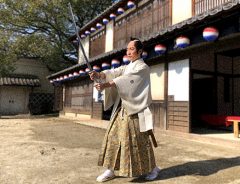
Toei Kyoto Studio Park: Experience The Thrilling World of Japanese Hollywood (Part 2)
-
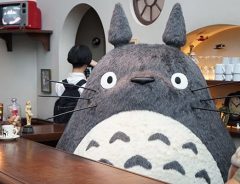
Studio Ghibli Set To Open Up Official Theme Park In Japan
-

Bumper crop of films scoop prizes at 13th Okinawa International Film Festival
-
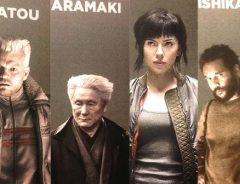
It Seems Like Ghost In The Shell Cast Photos Have Been Leaked
-
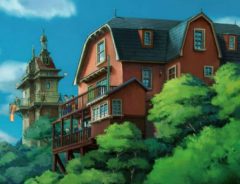
Studio Ghibli Reveals 5 Planned Areas For Official Theme Park In 2022
-
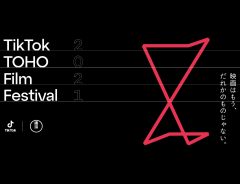
TikTok and Toho team up for the TikTok TOHO Film Festival 2021 – entries now open!


An era unto himself, Toshiro Mifune was an enduring icon of the Golden Age of Japanese cinema. Here are some of his most memorable works.
Peter Tasker, Actus Research, for JAPAN Forward
Toshiro Mifune passed away 25 years ago this December (2022). He was the first non-white superstar of global cinema, the first actor to play a yakuza (in the 1948 Kurosawa movie Drunken Angel), the precursor of Clint Eastwood's "man with no name," and every other cool existential loner via his role in Yojimbo (1961, Akira Kurosawa).
In his definitive double biography of both men, Stuart Galbraith describes the great actor as "a chameleon thespian more akin to De Niro, Jack Nicholson, or Marcello Mastroianni … few actors (when given good direction) had the range of Toshiro Mifune."
Within Japan, he remains a huge star. When Kinema Junpo, Japan's oldest and most prestigious film magazine, polled movie critics and insiders in 2014, they chose Mifune as their all-time favorite Japanese actor. His name is sometimes written not in kanji Chinese characters, but in the katakana syllabary usually used for names of foreign people and things. The other person whose name is sometimes written in that way is Kurosawa himself. It is an acknowledgment that both men have transcended Japanese-ness and become global figures.
(Japanese movie poster for 1961 Japanese film (© Public Domain via Wikimedia Commons)
After Mifune's death, which came a year before his own, Kurosawa wrote that his films would have been impossible without Mifune. Most fans and critics would agree that the sixteen films they made together in that extraordinary run from 1948 to 1965 represented the summit of both men's achievements. Only in Ikiru (1952) was he absent, and that was because there was no suitable part for him in the story.
Actor, Director, and Producer
Yet while the films that Kurosawa made without Mifune are well-known and, for the most part, highly rated today, the films that Mifune made without Kurosawa have been little seen overseas and have had limited availability within Japan. Fortunately, that is changing. Thanks to streaming sites and specialist purveyors of samurai movie DVDs, more and more of Mifune's non-Kurosawa output is becoming available with English subtitles. Within Japan too, previously obscure works, such as The Sands of Kurobe (1968, Kei Kumai) are now streamable on Amazon.jp.
(...)
Written by Japan ForwardThe continuation of this article can be read on the "Japan Forward" site.
Salute to Toshiro Mifune: Japan's Greatest Movie Star